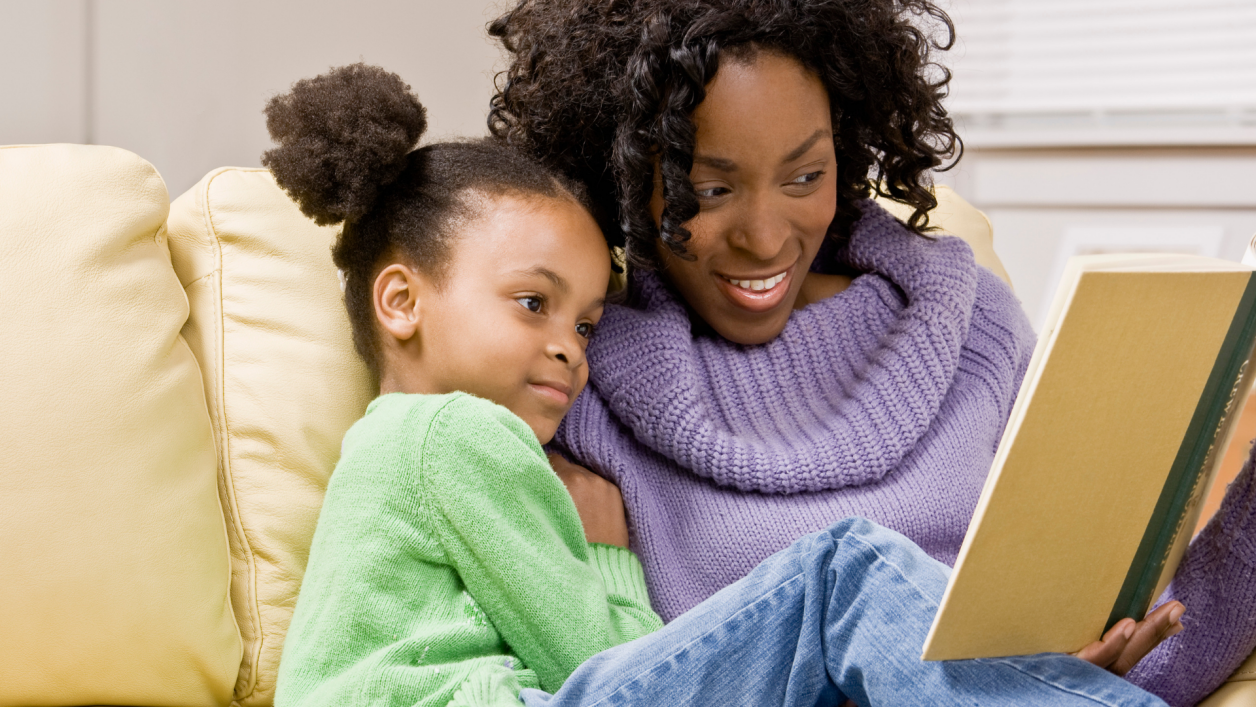
Reading to a Toddler
I read a lot to my 2-year-old grandson, including "Mother Goose" and Maurice Sendak’s "Where the Wild Things Are." We’re beginning to read toddler versions of "Grimm’s Fairy Tales." I know his parents have reservations about the violence in these stories. Can you refer me to evaluations of how these tales affect a child’s psychological development?
A classic is Bruno Bettelheim’s "The Uses of Enchantment: The Meaning and Importance of Fairy Tales." To Bettelheim, the upsetting events in fairy tales – children lost in the forest, a grandmother swallowed by a wolf, and worse – help young children master their fears by giving form to them. Toddlers have a limited understanding of their world, their feelings, and those of others. They explain troubling events in terms of themselves: "The thunder is rumbling because I made Daddy mad."
Children can feel anger, jealousy, and even rage as strongly as adults. But they’re less sure what these feelings might make them do. After age 3 or 4, children become aware enough
to judge their feelings: "I am bad for feeling so mad." This is the age when nightmares with monsters and witches spring from the child’s own "bad" feelings and fear of them. Fairy
tales with wicked stepsisters, poison apples, and pinpricks help children see they aren’t the only ones to have these feelings. And they can distinguish their reactions from those of the
"bad" people in the stories.
By 4, children know that make-believe isn’t reality, although their ability to tell the difference may still be tenuous. At 2, though, children don’t understand the concepts of real and makebelieve. The violence in a fairy tale may seem as real as the two of you sitting together – and, thus, it might be too terrifying. Your grandchild can wait a year or two before listening to you read violent fairy tales. Until then, you have plenty else to read. And besides, if you can stand it, 2-year-olds love to hear the same story over and over and over. Repetition shows
them something powerful and unique about books. Unlike the words that come from mouths, you can always count on those mysterious black squiggles on the page to say the
same thing, over and over and over.
These experiences prepare children for literacy. Most important: the pleasure and joy of being read to. Nothing motivates a child to learn to read like warm memories of doing so with parents and grandparents. Once fairy tales become thrilling opportunities to master fear, reading them together can be a pleasure – but not while they’re just plain scary. Reading together is a time for closeness and cuddling, for tuning in to each other: "Do you see that cow? Did you see all those spots? Do you think she’s saying ‘moo’?" A 2-year-old knows you are reading and talking only to him, and when he answers, he is also telling you that in this moment, all that matters is you.
Responses to questions are not intended to constitute or to take the place of medical or psychiatric evaluation, diagnosis, or treatment. If you have a question about your child’s health
or well-being, consult your child’s healthcare provider.
- See more at: http://families.naeyc.org/families-today/reading-toddler0#sthash.JgUDUBNA.dpuf
